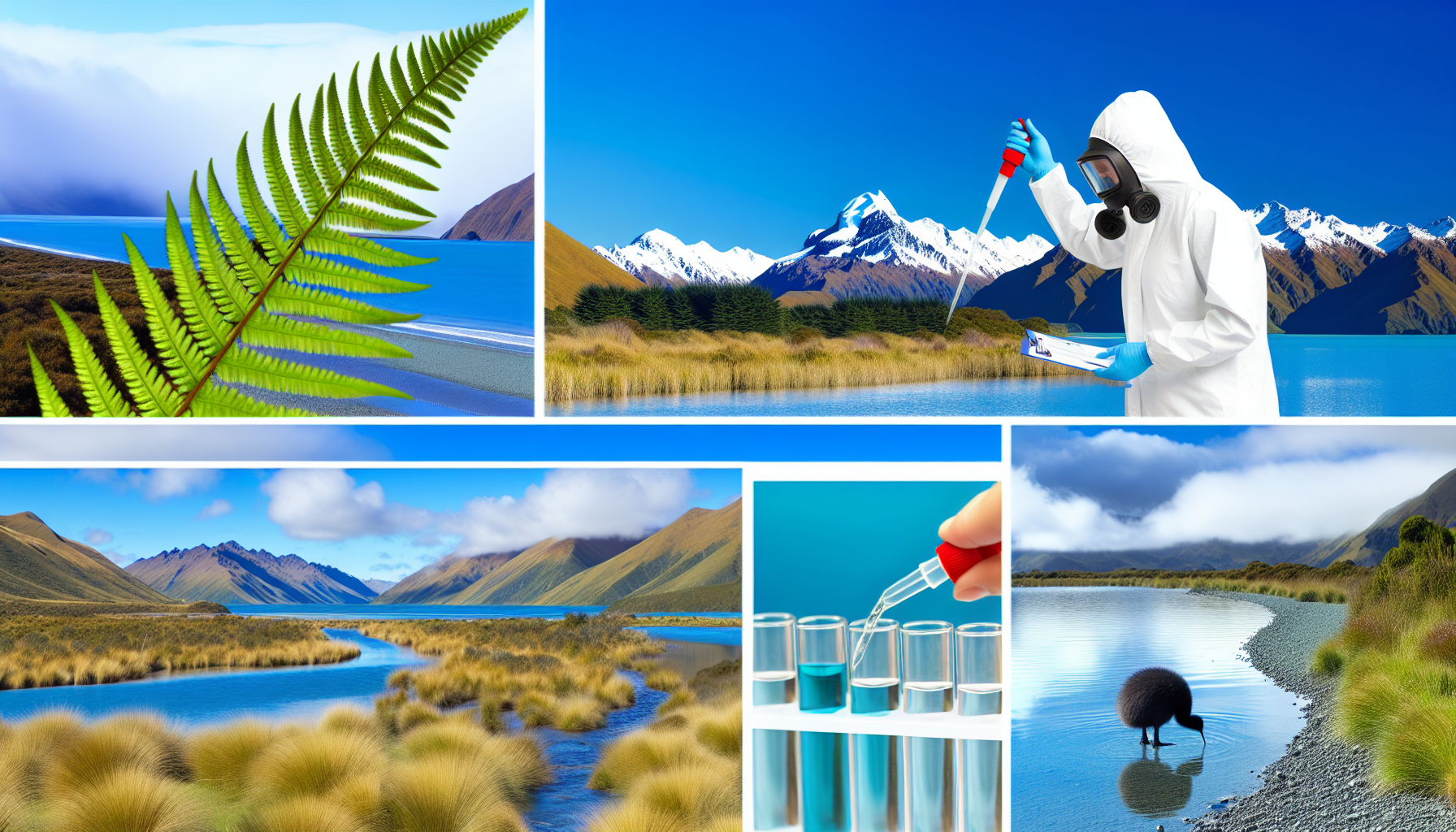Why water quality matters at home
Let’s cut to the chase—clean water isn’t something you want to take for granted. Whether you’re on town supply or relying on rainwater, what comes out of your tap affects everything from your health to the lifespan of your appliances. The last thing you want is hidden contaminants messing with your water and causing issues down the track.
So, how do you know if your water is actually safe? And what can you do to keep it that way? Let’s break it down.
Signs your water might need testing
Sure, your water might look fine, but that doesn’t always mean it is fine. Here’s what to watch for:
- Weird taste or smell – If your water smells like chlorine, rotten eggs, or metal, something’s up.
- Discolouration – If it’s brown, yellow, or cloudy, there could be rust, dirt, or bacteria in there.
- Staining on fixtures or laundry – Orange or brown stains mean iron; blue or green stains usually mean copper or acidic water.
- Slime or build-up in pipes – Could be bacteria or high mineral levels.
Even if your water seems okay, it’s still a good idea to test it once in a while—especially if you’re drinking rainwater or using a bore.
Testing your water
Alright, so how do you actually check what’s in your water?
- DIY test kits – You can grab one from places like Mitre 10 or Bunnings. These give you a basic idea of pH levels, hardness, and chlorine.
- Lab testing – For a proper analysis, send a sample to a lab like Hills Laboratories. They test for bacteria, heavy metals, and other nasties.
- Council water reports – If you’re on town supply, check your council’s water quality reports. Most councils publish this info, so you’ll know what’s in your local supply.
If you’re on tank water, you 100% need to be testing regularly—at least once a year, if not more.
Keeping your water clean
Once you know what’s in your water, it’s time to sort out any issues.
- Tank water users: Install a first-flush diverter to keep leaves and bird droppings out. Clean your tank regularly and consider adding a UV filter to kill bacteria.
- Town supply homes: Chlorine kills bugs, but some people prefer to filter it out for taste. A carbon filter does the trick.
- Filters & purifiers: If your water has heavy metals, chemicals, or bacteria, a proper filtration system will help. Brands like Puretec and Aquafilter have good options for different needs.
- Boiling water: If you’re in doubt—especially after floods or contamination warnings—boil water for at least one minute before drinking.
Final thoughts
Water’s one of those things you don’t really think about… until there’s a problem. Checking your water quality and doing a bit of maintenance now can save you a lot of hassle (and potential health issues) later.
If you’re unsure where to start, grab a test kit or send a sample to a lab. And if something’s off? A good filtration or treatment system can make all the difference.
At the end of the day, clean water = peace of mind. And that’s worth it.


Leave a Reply